2023 Lunar Mission
Delivering instruments, rovers, and everything in between to the resource-rich lunar south pole.
Masten Mission 1
Join us on Masten Mission 1: The first of many Masten missions to the Moon and beyond! We’re touching down at the lunar south pole in 2023. As part of the Commercial Lunar Payload Services (CLPS) initiative, NASA is already on board as the anchor customer, and our lunar lander still has payload space available for commercial companies, government entities, universities, and nonprofits.

Your Ride
Our lunar lander, Xelene, is directly evolved from our Xombie and Xoie landers that won NASA’s Centennial Lunar Lander X-Prize Challenge in 2009. With more than 600 successful rocket-powered landings and years of working closely with NASA under the Lunar CATALYST program, we’ve laid the groundwork for mission success.

Your Ride
Our lunar lander, Xelene, is directly evolved from our Xombie and Xoie landers that won NASA’s Centennial Lunar Lander X-Prize Challenge in 2009. With more than 600 successful rocket-powered landings and years of working closely with NASA under the Lunar CATALYST program, we’ve laid the groundwork for mission success.
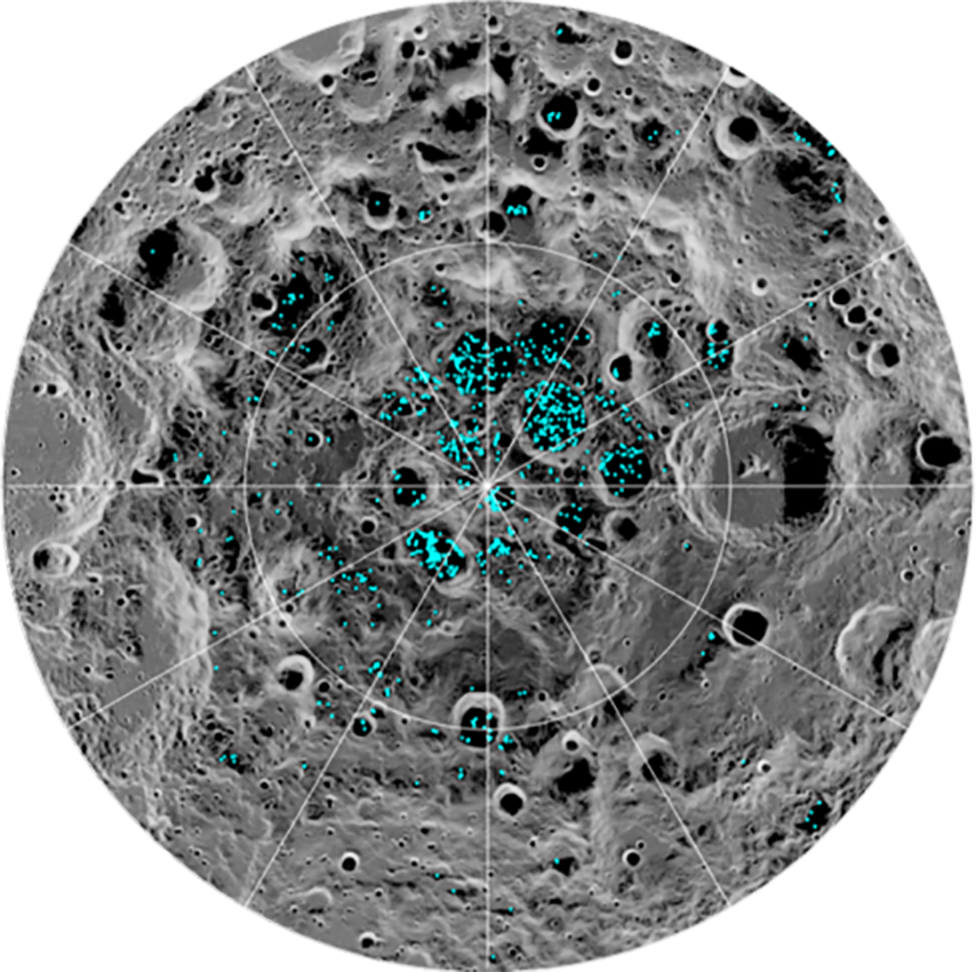
Your Destination
Xelene will land at the lunar south pole near the Haworth Crater, which is adjacent to the Malapert massif. The diverse topography of the landing site offers the potential to explore both near-surface and deep reservoirs to detect lunar ice and volatiles, such as methane, carbon dioxide, and ammonia. Upon landing on the lunar south pole, Xelene will enable payload operations for at least 12 days.


Your Destination
Xelene will land at the lunar south pole near the Haworth Crater, which is adjacent to the Malapert massif. The diverse topography of the landing site offers the potential to explore both near-surface and deep reservoirs to detect lunar ice and volatiles, such as methane, carbon dioxide, and ammonia. Upon landing on the lunar south pole, Xelene will enable payload operations for at least 12 days.

Our Payloads
Your Partner
Join Our Mission
Working on a lunar payload? Tell us more about your objectives to book a spot on our next mission!

Lunar Compact Infrared Imaging System (L-CIRiS): University of Colorado Boulder / Ball Aerospace
A radiometer that measures infrared wavelengths of light to explore the Moon’s surface composition, map its surface temperature, and identify potentially icy cold-traps important for future lunar resource utilization activities.
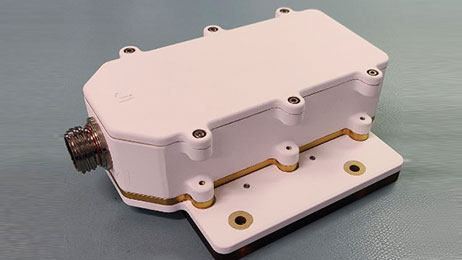
Linear Energy Transfer Spectrometer (LETS): Leidos / NASA Johnson Space Center
A sensor that will measure the radiation environment on the Moon’s surface in advance of human missions.
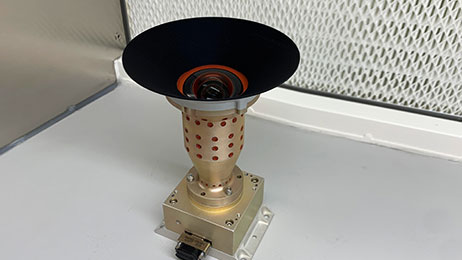
Heimdall: Planetary Science Institute / Malin Space Science Systems
A flexible camera system designed to model the properties of the Moon’s regolith, record plume and regolith interaction, and map the Moon’s geologic features.

MoonRanger: Astrobotic / Carnegie Mellon
A micro rover with the mobility and autonomy to operate in difficult polar conditions. It will explore for lunar ice and map its journey on the lunar south pole.
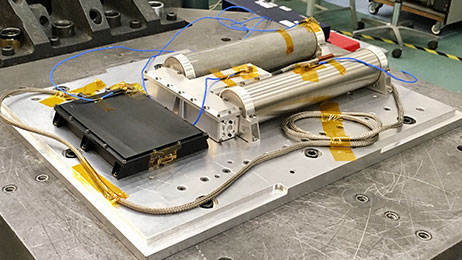
Neutron Spectrometer System (NSS): NASA Ames Research Center
An instrument that will measure hydrogen abundance as an indicator of possible ice presence in the lunar soil. This instrument will be attached to the MoonRanger rover.
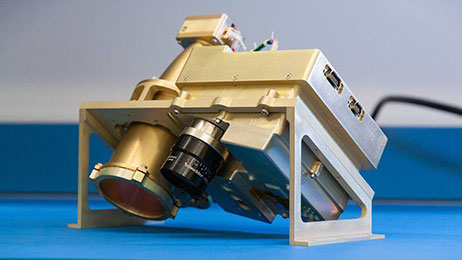
Near-Infrared Volatile Spectrometer System (NIRVSS): NASA's Ames Research Center
An instrument that will measure surface composition and temperature to characterize the variability of lunar soil and detect volatiles, such as methane, carbon dioxide, ammonia, and water.

Mass Spectrometer observing lunar operations (MSolo): NASA Kennedy Space Center
An instrument that will evaluate potentially accessible resources on the Moon’s surface by measuring the volatiles from the lunar soil. It will also assess gases in the environment to understand what compounds are coming from the lunar surface versus the lander.
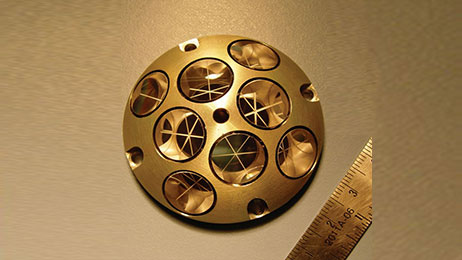
Laser Retroreflector Array (LRA): NASA Goddard Space Flight Center
A series of eight small retro-reflecting corner cubes deployed to measure distance and support landing accuracy. It requires no power or communications from the lander and can be detected by future spacecraft orbiting or landing on the Moon.
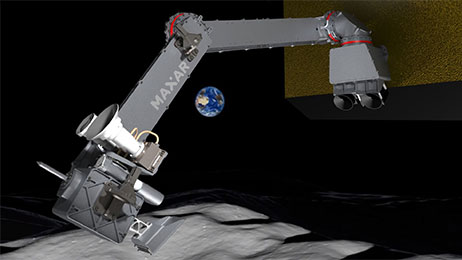
Sample Acquisition, Morphology Filtering, and Probing of Lunar Regolith (SAMPLR): Maxar Technologies
A robotic arm payload that will demonstrate a novel penetrometer to characterize regolith properties and a sample acquisition scoop with ability to isolate larger regolith particles. SAMPLR will also host two cameras from the Heimdall payload on the robotic arm enabling an increase in science return for the Heimdall payload.